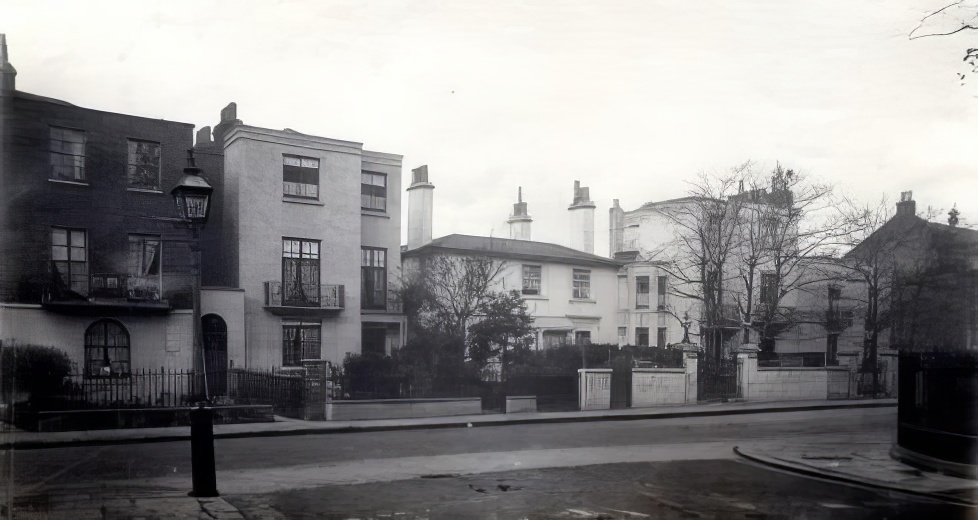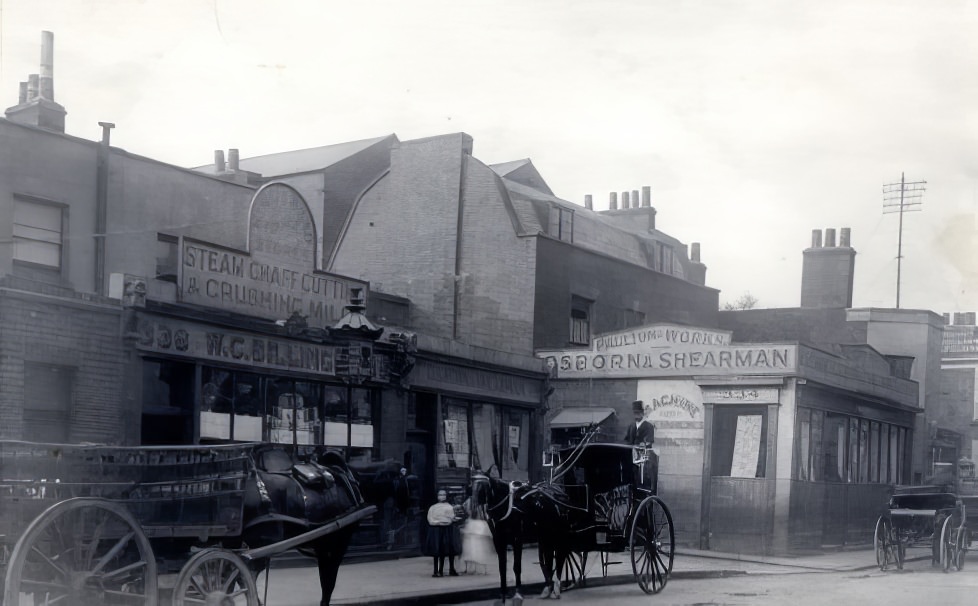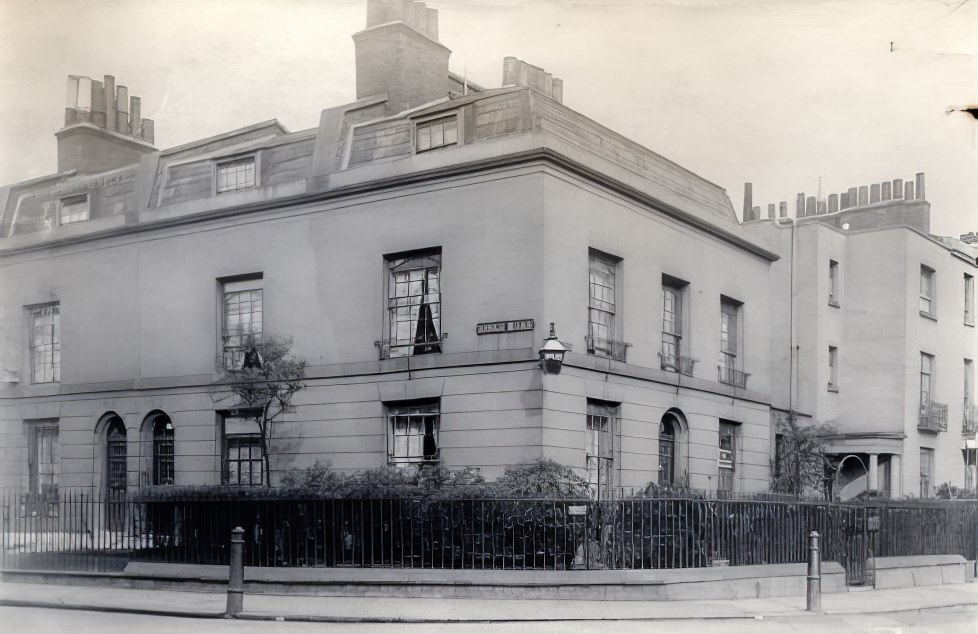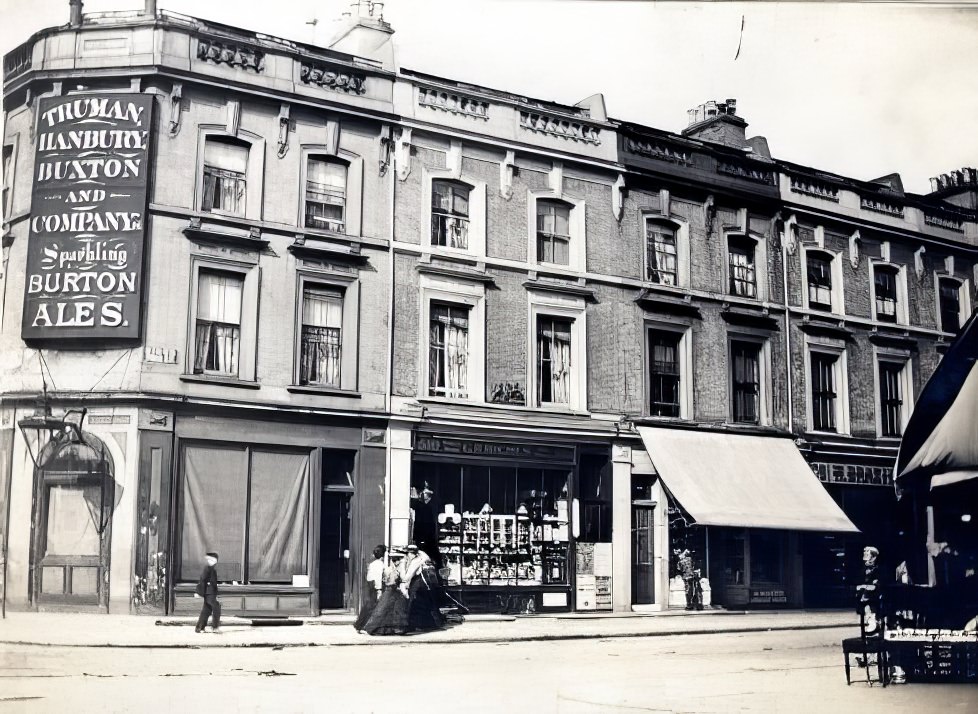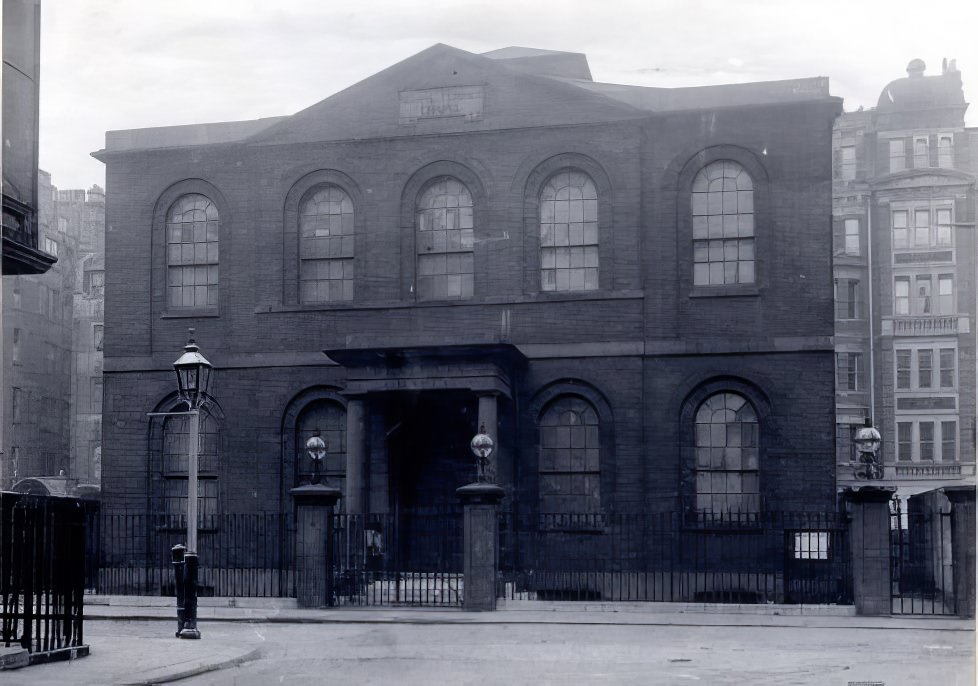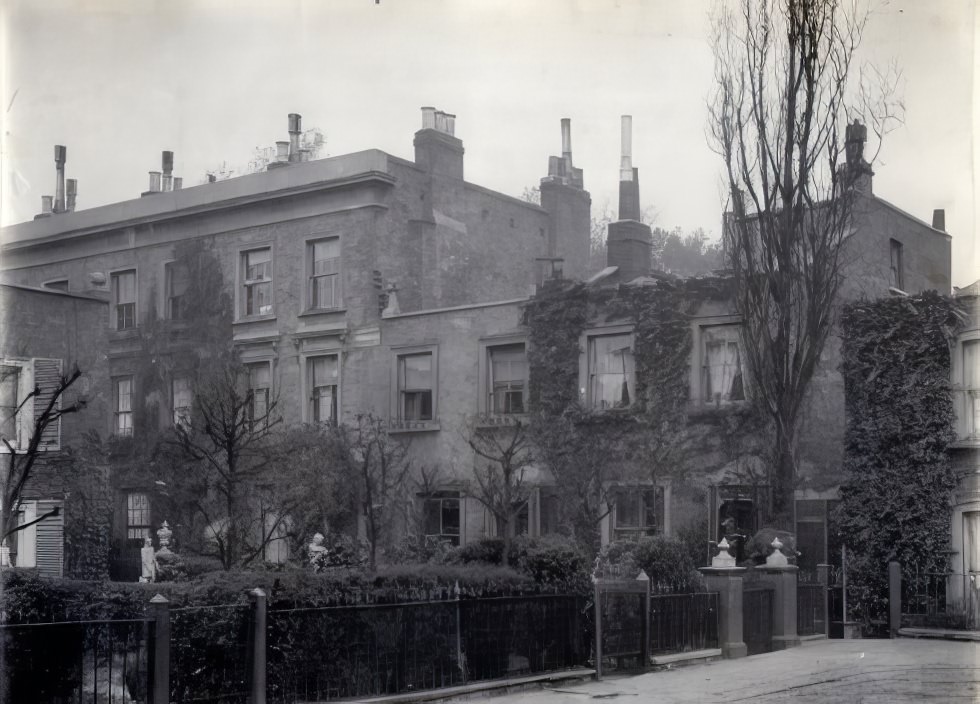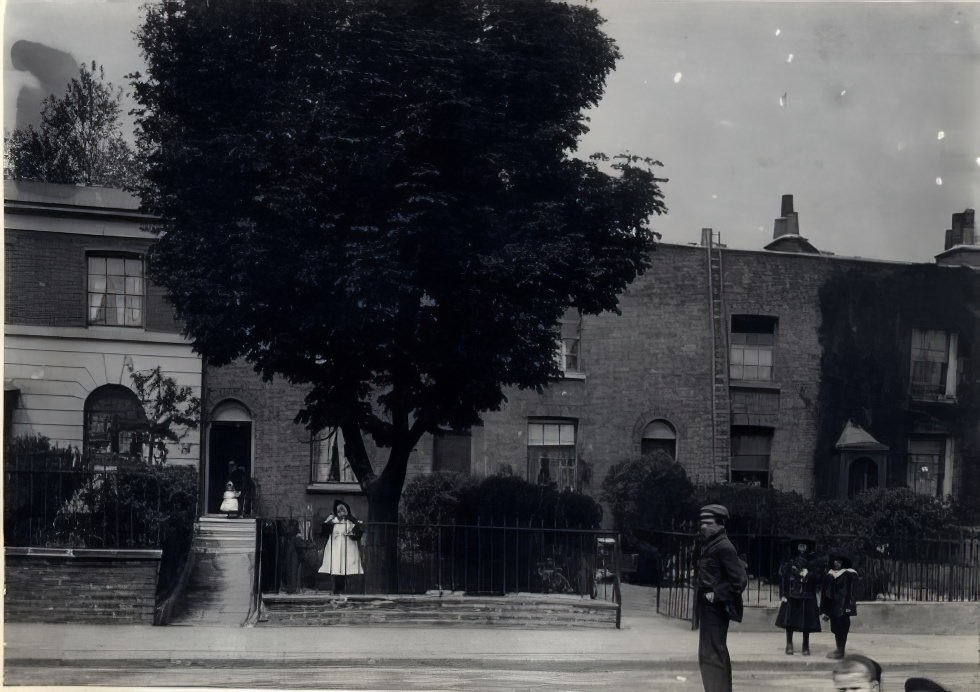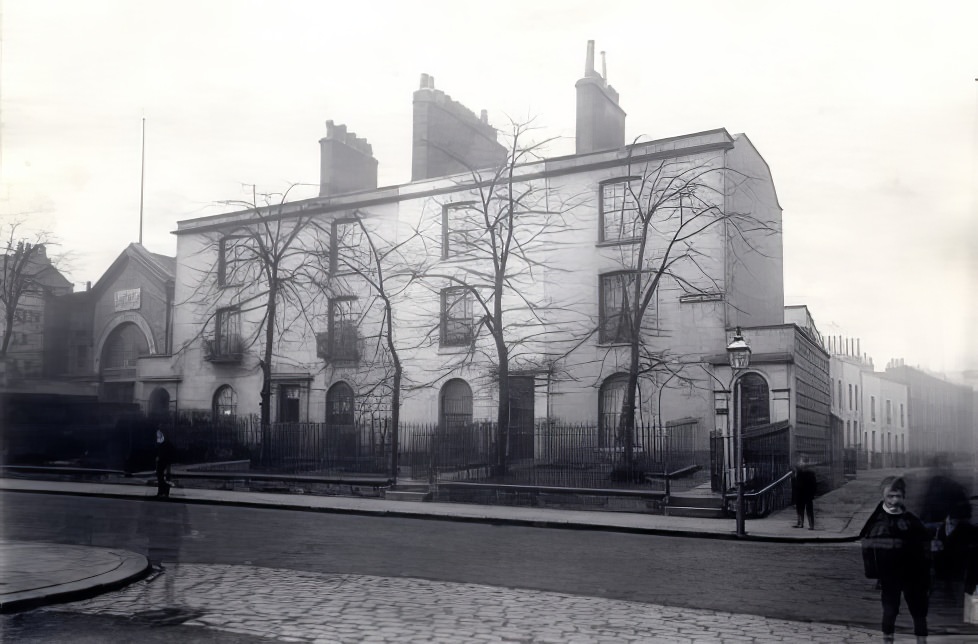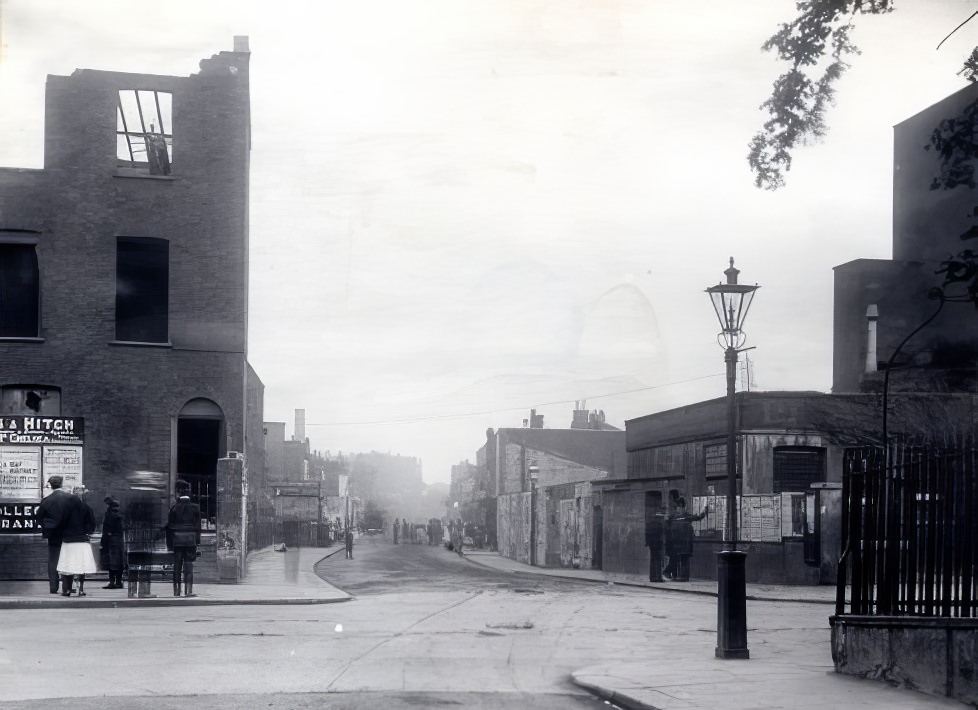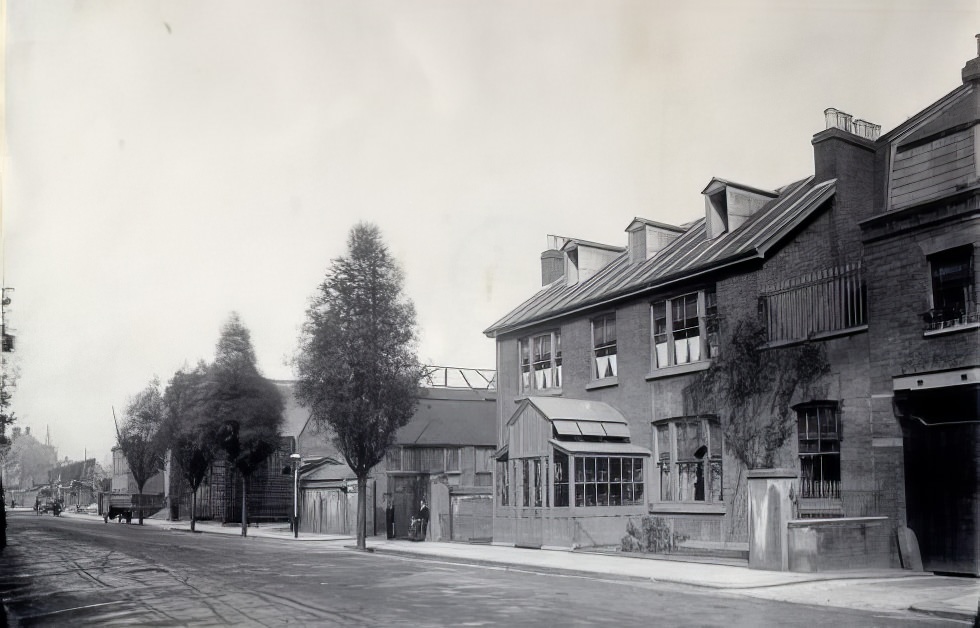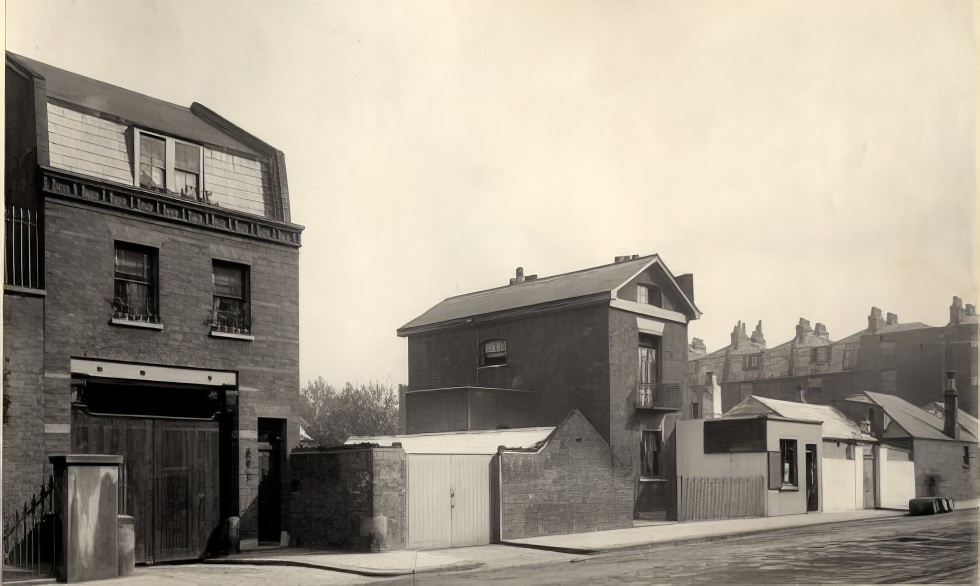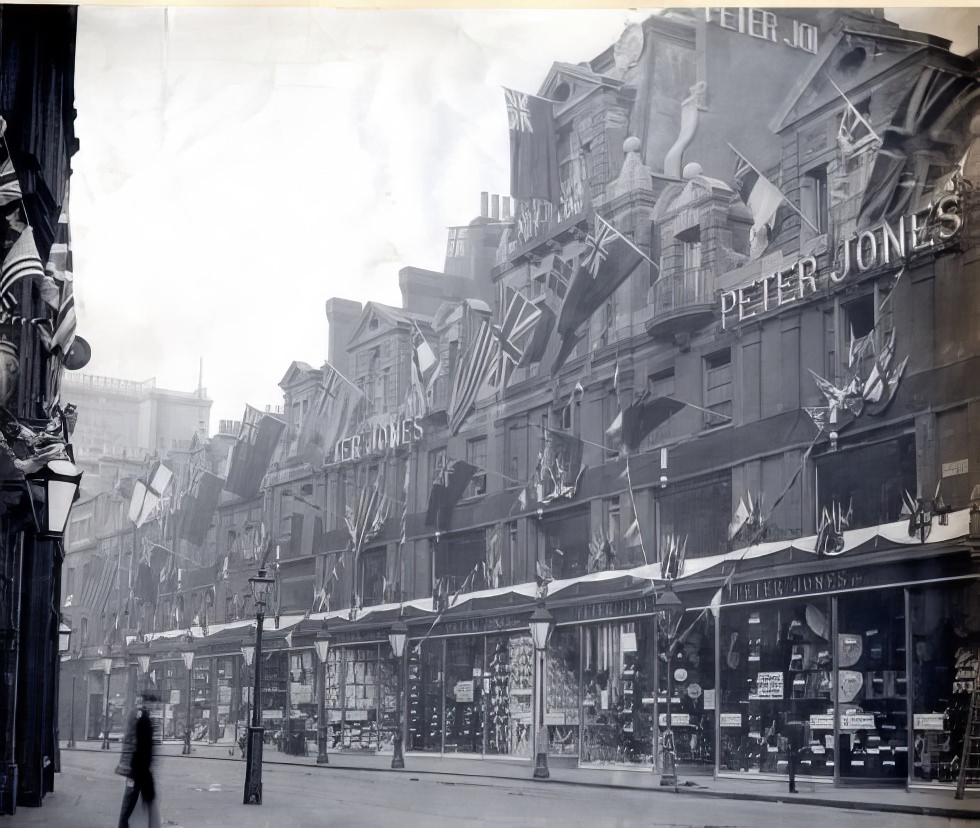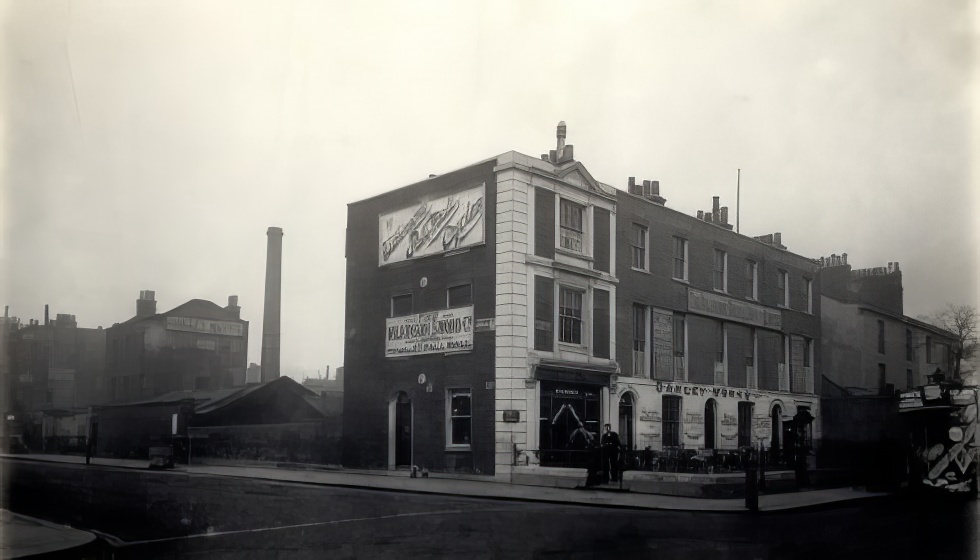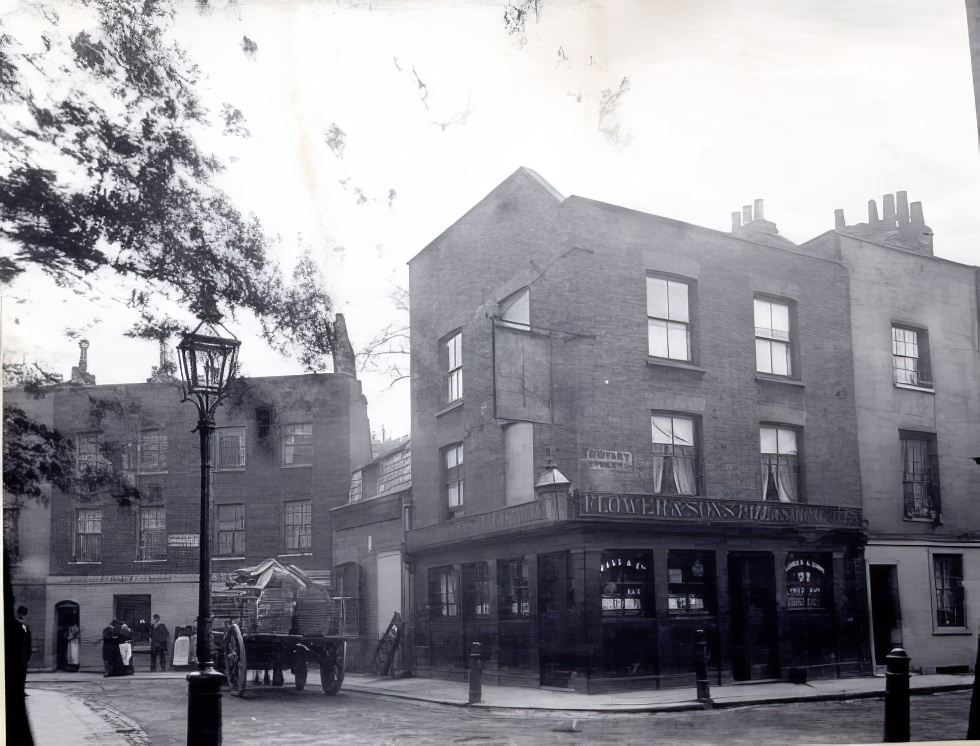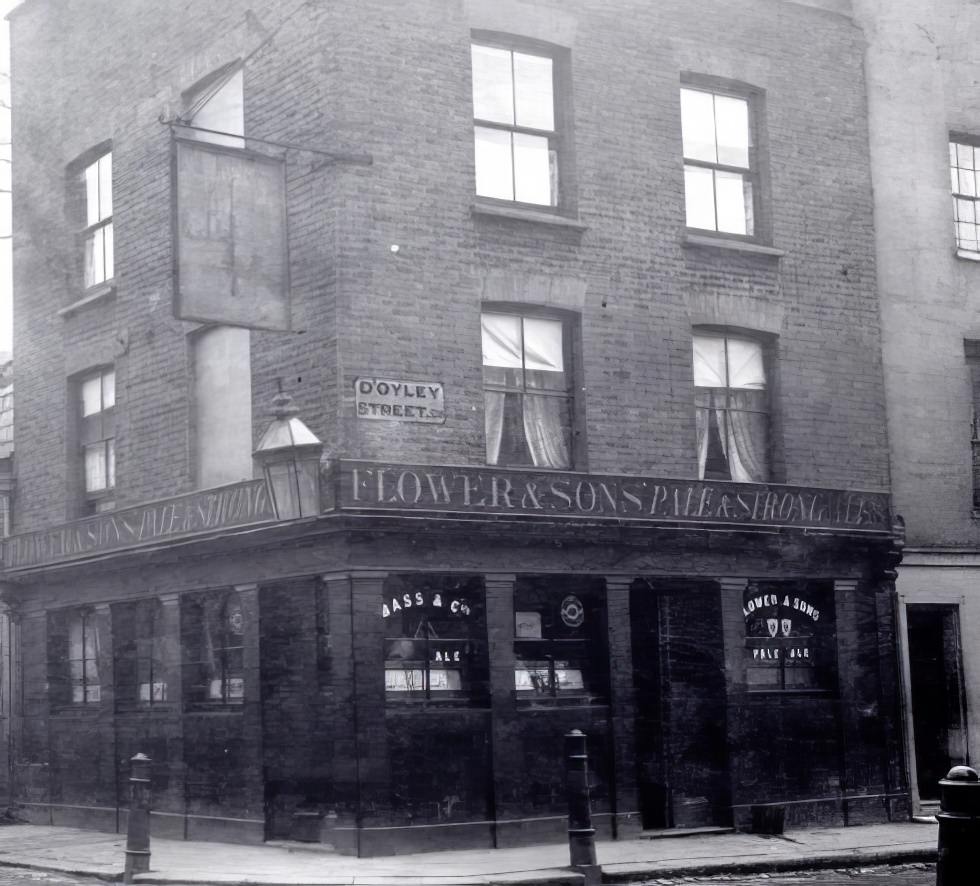Chelsea in the 1890s was a fascinating mix of old and new. Imagine a place where grand houses rubbed shoulders with industrial workshops, and where artists mingled with the upper class. This vibrant district on the north bank of the River Thames was undergoing a period of significant transformation, leaving behind its village-like past and embracing its future as a fashionable hub.
While today Chelsea is known for its affluence, in the 1890s it was still a place of contrasts. Elegant squares like Cadogan Place and Sloane Square housed wealthy families, while just streets away, working-class communities thrived in more modest dwellings. The bustling King’s Road, even then a major thoroughfare, was lined with a variety of shops catering to both the rich and the working class. You could find everything from high-end fashion boutiques to humble grocers.
The arts were flourishing in Chelsea during this time. The area was home to many artists and writers, drawn by its creative energy and relatively affordable rents. Notable figures like Oscar Wilde and James McNeill Whistler lived and worked in Chelsea, contributing to its reputation as a bohemian haven. The renowned Chelsea Arts Club, established in 1891, became a popular gathering spot for artists and intellectuals.
Read more
The river played a crucial role in Chelsea’s identity. The Chelsea Embankment, completed in the 1870s, provided a scenic promenade along the Thames. It was a popular spot for leisurely strolls and offered stunning views of the city. The river was also a working waterway, with barges transporting goods and passengers up and down the Thames. You might have seen bustling wharves and boatyards lining the riverbank, a reminder of Chelsea’s historical connection to trade and industry.
The 1890s saw the development of new housing in Chelsea, particularly mansion blocks designed to accommodate the growing middle class. These large apartment buildings offered modern amenities and comfortable living spaces. They reflected the changing social landscape of the area, as more professionals and white-collar workers moved to Chelsea.
While Chelsea was becoming more fashionable, it still retained some of its historical charm. The Chelsea Physic Garden, established in the 17th century, continued to cultivate medicinal plants. The Royal Hospital Chelsea, founded by Charles II in the 1680s, provided a home for retired soldiers, a tradition that continues to this day. These institutions served as reminders of Chelsea’s rich past and its enduring traditions.


